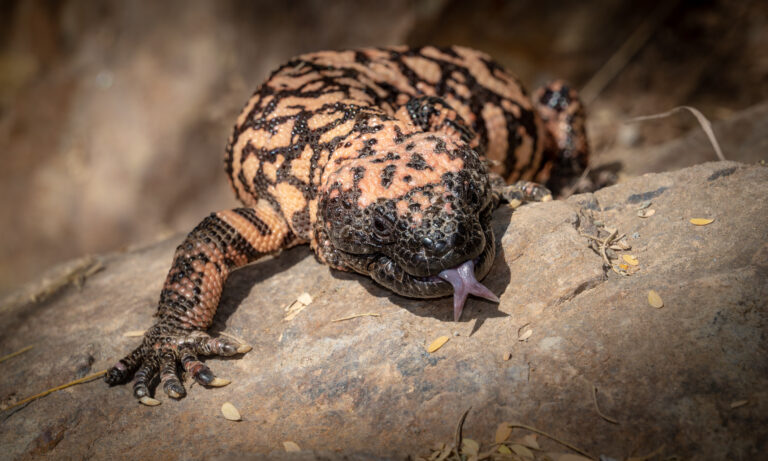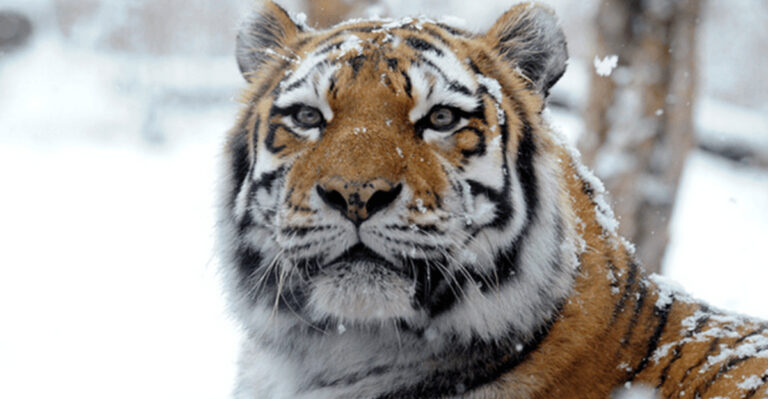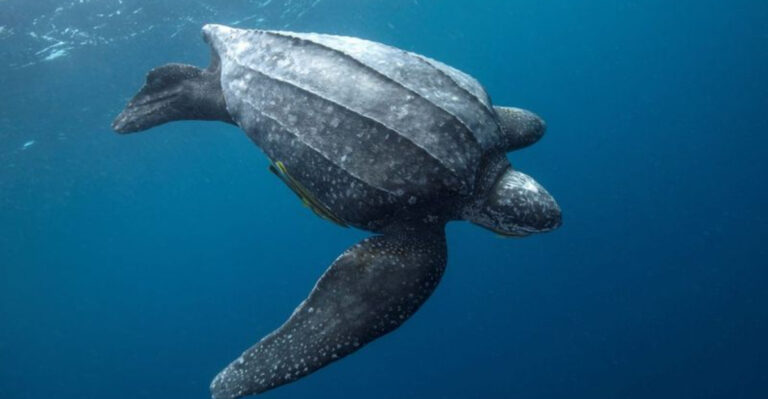7 Most Wild Animals Spotted In These States (And 7 That Rarely Make An Appearance)
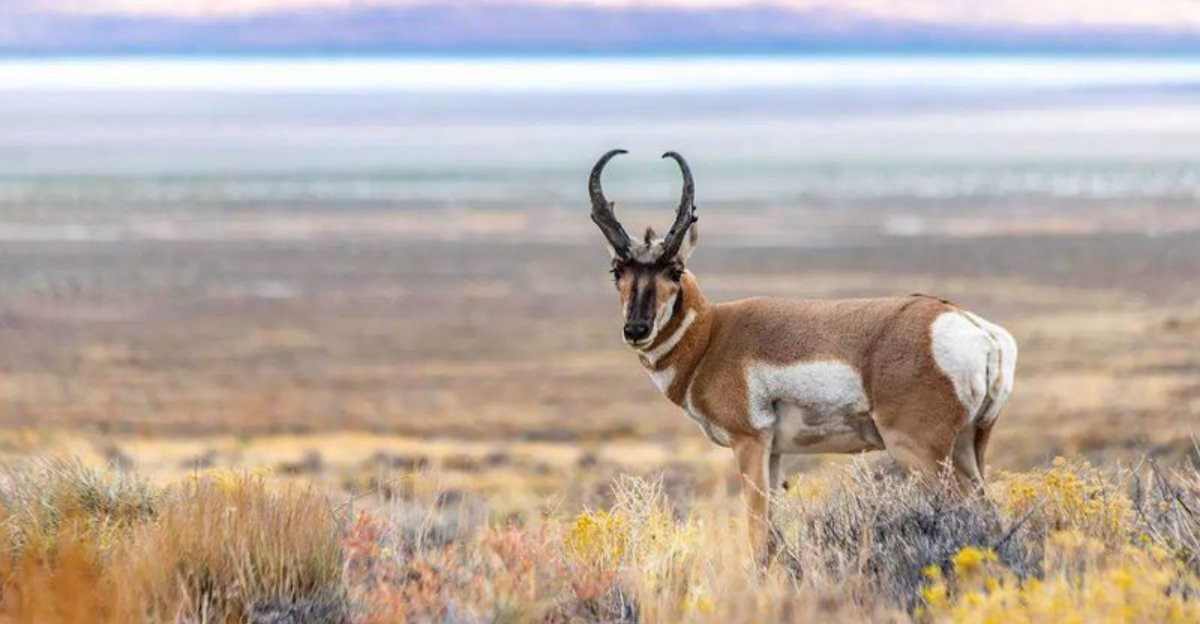
America’s wilderness hosts an incredible variety of animals, from common creatures to elusive beasts that few people ever glimpse. Across different states, wildlife enthusiasts have vastly different experiences depending on where they explore.
Some remarkable animals are practically guaranteed sightings in certain regions, while others remain almost mythical despite being native to the area.
1. Bison Roam Free In Wyoming
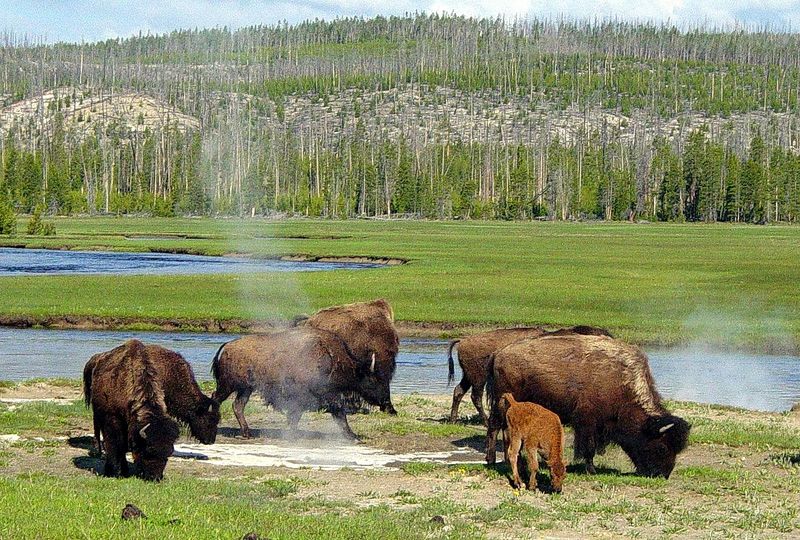
Yellowstone National Park visitors often find themselves in traffic jams caused by these massive creatures crossing roads. Standing six feet tall and weighing up to 2,000 pounds, these shaggy giants are Wyoming’s living symbols.
Once nearly extinct with fewer than 1,000 remaining, bison have rebounded to over 5,000 in Yellowstone alone.
2. Michigan’s Abundant White-Tailed Deer
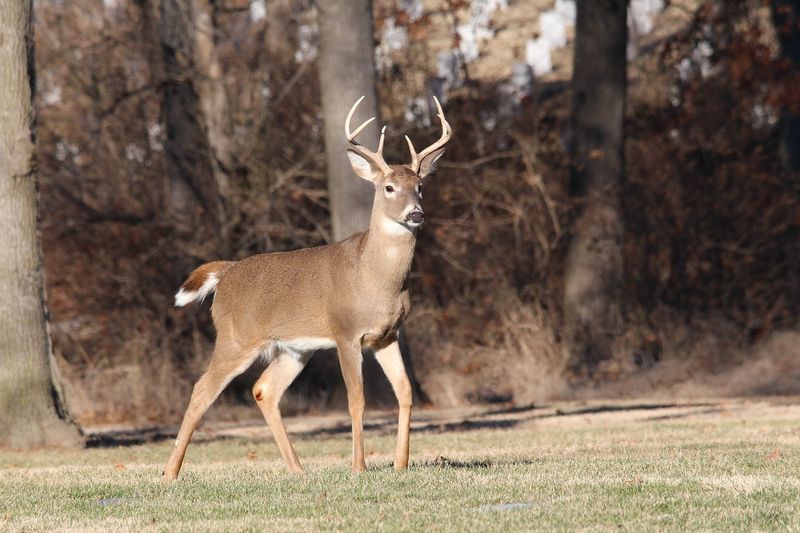
Dawn and dusk reveal these graceful creatures throughout Michigan’s forests and fields. Their distinctive white-flagged tails flash warnings to other deer when danger approaches.
Michigan’s deer population exceeds 1.7 million, making them almost guaranteed sightings for patient observers who know where to look.
3. Black Bears Thrive In Tennessee
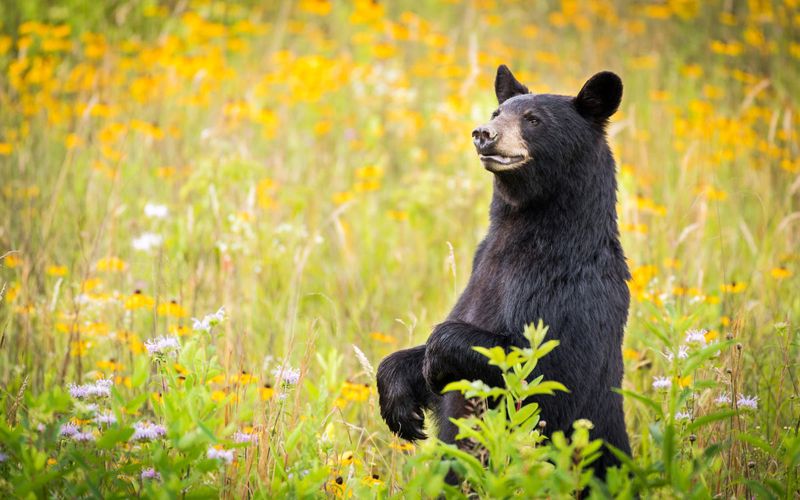
Great Smoky Mountains hikers frequently spot these omnivorous mammals foraging for berries and nuts. Unlike their grizzly cousins, Tennessee’s black bears typically avoid human confrontation, quickly retreating when spotted.
The park houses approximately 1,500 bears, creating one of the densest populations in America.
4. Florida’s Sunbathing Alligators

Airboat tours through the Everglades reveal these prehistoric reptiles lounging on riverbanks. Their armored bodies and powerful jaws make them Florida’s most intimidating residents.
Over one million alligators inhabit Florida’s waterways, making them practically unavoidable in wetland areas.
5. California’s Elusive Cougars
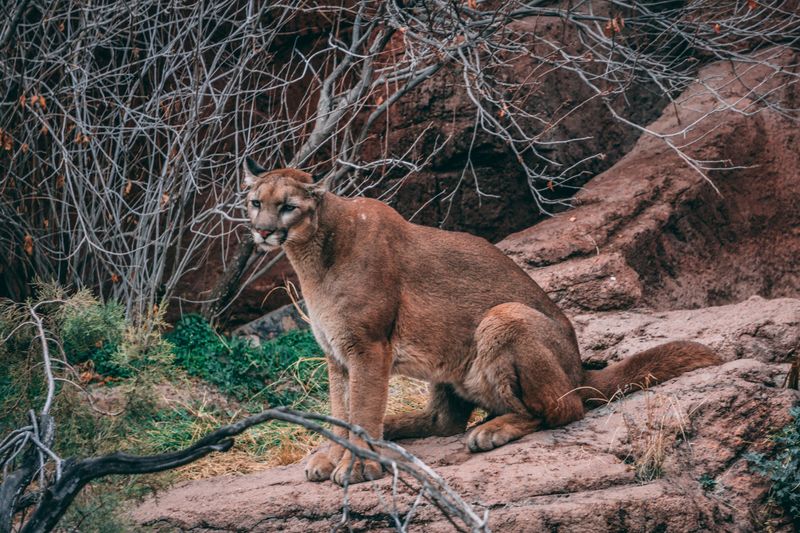
Hikers in the Sierra Nevada mountains occasionally glimpse these tawny predators slipping between trees. Trail cameras capture more sightings than human eyes, as these cats primarily hunt at dawn and dusk.
California hosts approximately 4,000-6,000 mountain lions, with numbers slowly increasing despite habitat challenges.
6. Alaska’s Roadside Moose
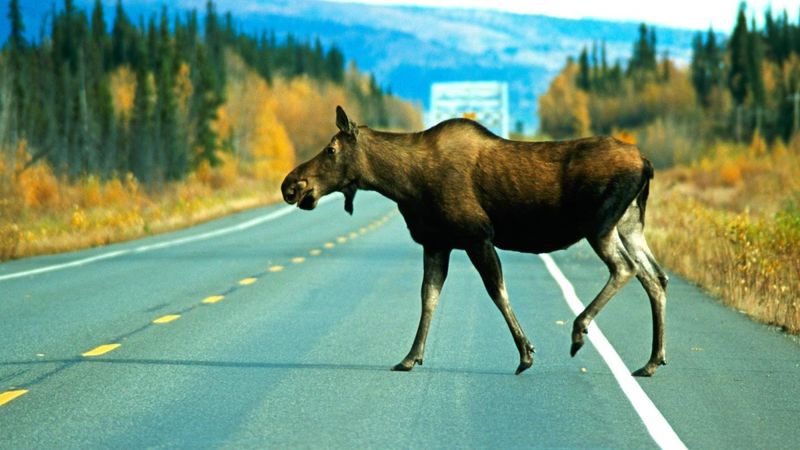
Anchorage residents often find these lanky giants munching on garden plants or strolling down suburban streets. Standing seven feet tall at the shoulder, moose dwarf most vehicles they encounter on Alaska’s highways.
Nearly 200,000 moose inhabit Alaska, making them the state’s most commonly spotted large mammal.
7. Colorado’s Clever Red Foxes
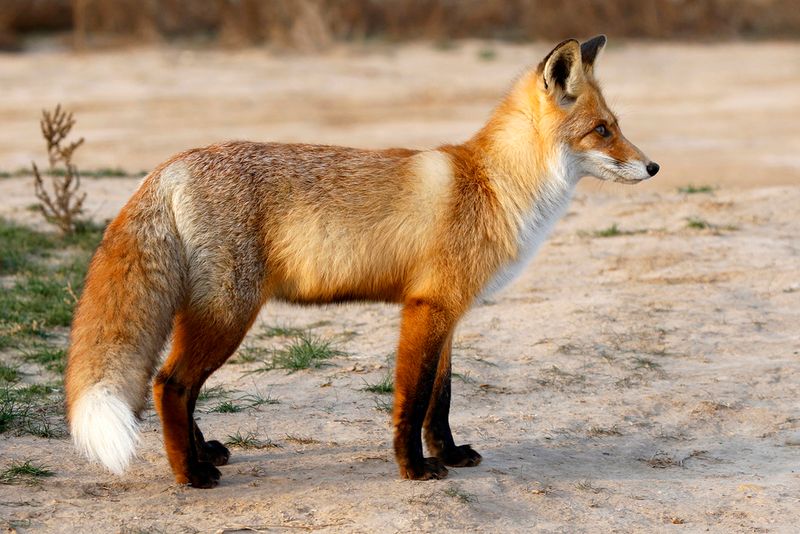
Early morning joggers in Denver’s parks often spot these rusty-coated canids hunting for mice or rabbits. Their distinctive white-tipped tails and black-stockinged legs make them instantly recognizable even to casual observers.
Remarkably adaptable, red foxes thrive in both wilderness and urban environments throughout Colorado.
8. New Jersey’s Phantom Mountain Lions

Wildlife officials receive dozens of reported sightings annually, yet confirm almost none. Eastern cougars were officially declared extinct in 2018, though occasional wanderers from western populations may explain rare credible reports.
Camera-wielding hikers in the Pine Barrens keep hoping for that once-in-a-lifetime glimpse of America’s most elusive big cat.
9. Washington’s Secretive Wolverines
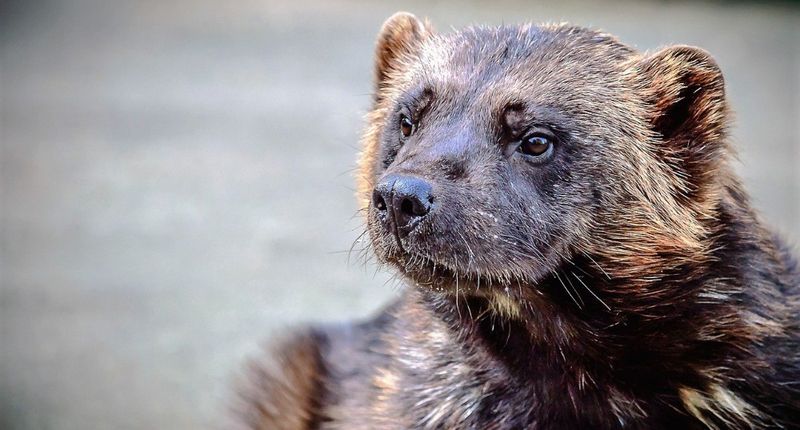
Resembling small bears with distinctive striped markings, these fierce mammals rarely reveal themselves to human observers. Remote wildlife cameras in North Cascades National Park occasionally capture images of these solitary hunters traversing snowy landscapes.
Fewer than 40 wolverines are estimated to inhabit Washington’s mountains.
10. Oregon’s Recovering Gray Wolves
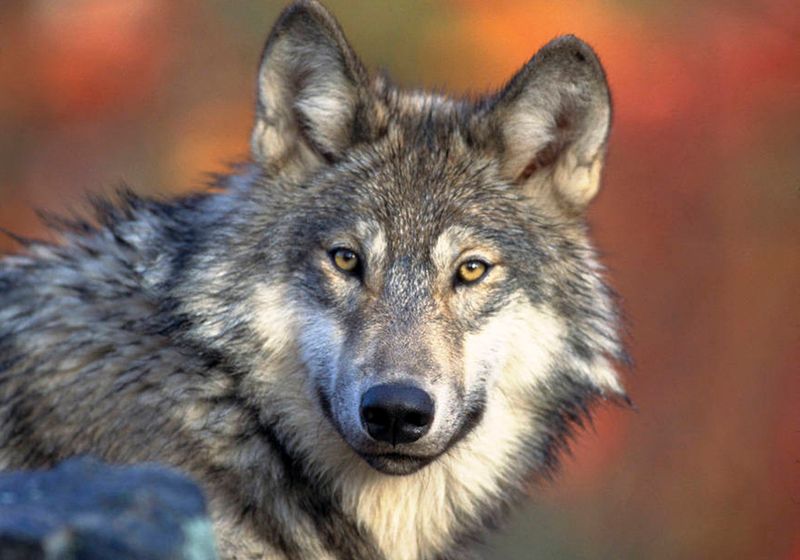
Ranchers occasionally glimpse these apex predators moving through northeastern Oregon’s forests and grasslands. Howls echoing through remote valleys provide more evidence of their presence than actual sightings.
From complete extinction in the state, wolf numbers have grown to approximately 175 individuals in small, scattered packs.
11. North Dakota’s Scarce Bighorn Sheep
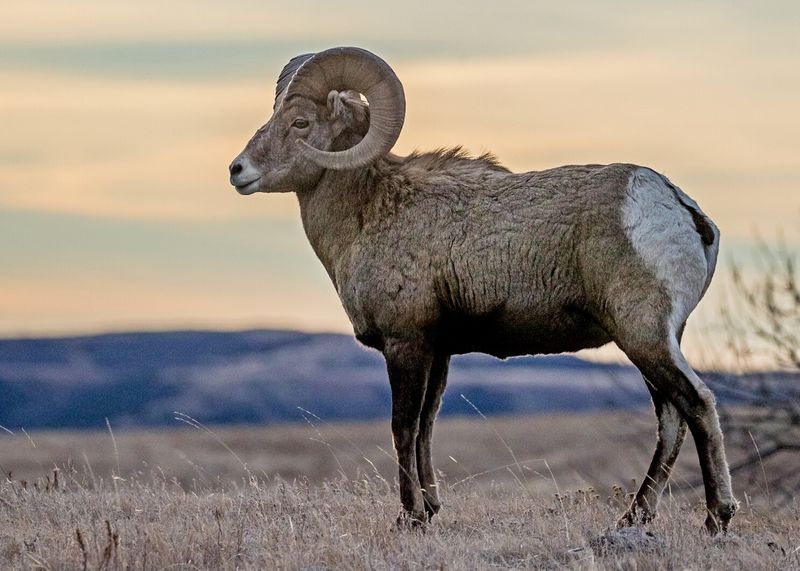
Binoculars are essential for spotting these nimble climbers navigating the steep cliffs of Theodore Roosevelt National Park. Males sport massive curled horns that can weigh up to 30 pounds, while females have shorter, more slender horns.
Disease outbreaks have repeatedly decimated North Dakota’s small population, making sightings increasingly rare.
12. Arizona’s Borderland Jaguars

Motion-activated cameras provide virtually the only evidence of these spotted cats in southern Arizona. North America’s largest feline predators occasionally cross from Mexico into remote mountain ranges along the border.
Only seven individual jaguars have been documented in Arizona since 1996, making them the state’s rarest large mammal.
13. New Mexico’s Vanishing Pronghorn

America’s fastest land mammal reaches speeds of 60 mph across open grasslands, yet few New Mexicans ever witness this blur of motion. Habitat fragmentation has isolated small herds, making chance encounters increasingly unlikely.
Once numbering in the hundreds of thousands across the state, fewer than 30,000 remain scattered across shrinking habitat.
14. Texas’ Shadowy Pumas

Ranchers in West Texas occasionally find livestock kills bearing the distinctive marks of these stealthy predators. Actual sightings remain exceedingly rare, with most Texans never encountering one despite lifelong residency.
Big Bend National Park offers the best chance for spotting these tawny cats, though even dedicated wildlife watchers consider themselves lucky to glimpse one.

